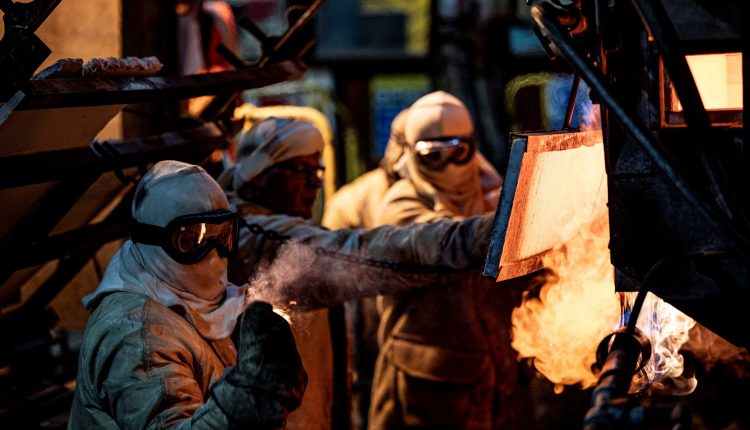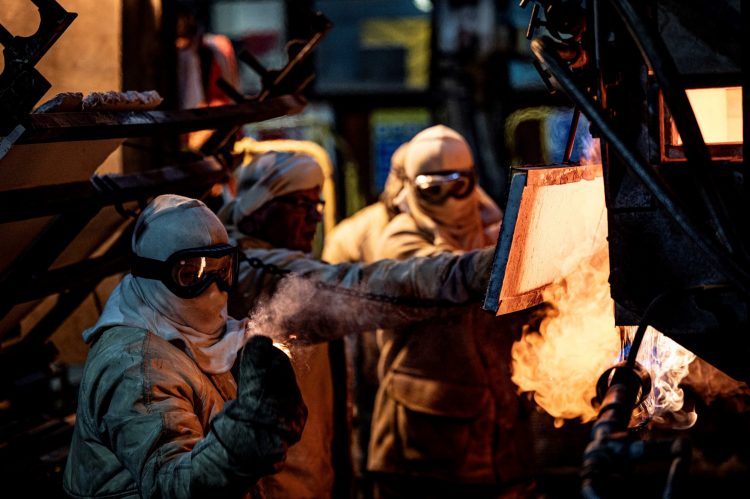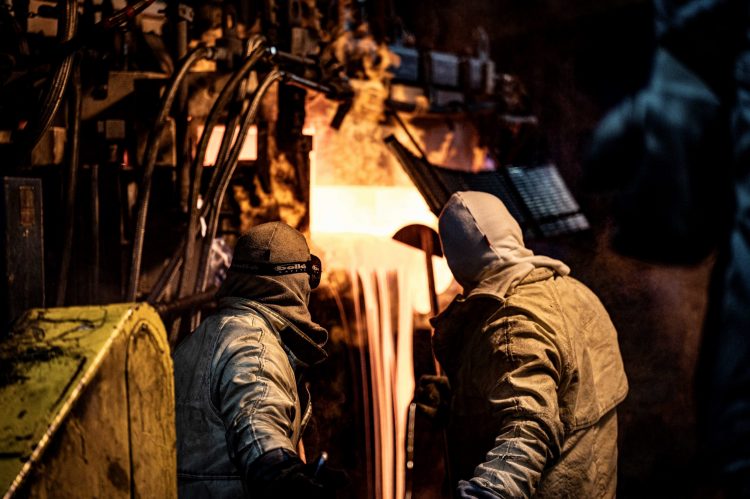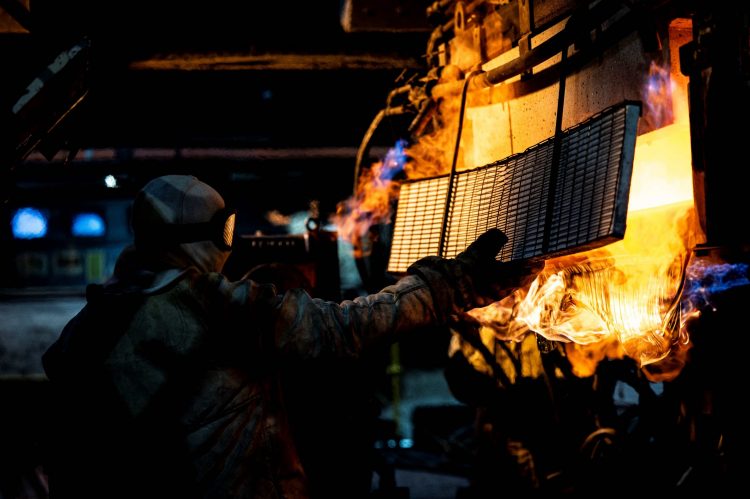
Glassmaker Pilkington shuts down Merseyside furnace that was first fired up almost 200 years ago as part of a multi-million pound modernisation project. Tony McDonough reports

Glassmaker Pilkington UK first fired up its Watson Street furnace in St Helens in 1826 – almost two centuries later the flames have gone out for the final time.
In a move first announced in April 2023, Pilkington UK is moving glass production from Watson Street Works to its neighbouring Greengate site in the town. This is part of a project that represents one of its biggest investments in the town in decades.
NSG-owned Pilkington UK is upgrading its Greengate furnace to accommodate the site’s continued production of float glass. All current jobs are being retained as part of this latest move.
This project is being supported by a £3.7m grant via the government’s Industrial Energy Transformation Fund (IEFT), which helps cover the costs of industrial energy efficiency and decarbonisation projects in the UK.
Running one glass furnace in the town, rather than the two it currently runs between Greengate and Watson Street, will save an estimated 15,000 tonnes of CO2 per year.
It is central to Pilkington UK’s science-based target initiative certified target of achieving a 30% reduction in greenhouse gas emissions by 2030 compared to 2018 levels. And to meet net zero emissions by 2050.
Shutting down the furnace for the final time is the end of an era for Pilkington and St Helens. It was in Watson Street that Sir Alastair Pilkington invented the modern float glass process, which revolutionised the way flat glass was produced.
Neil Syder, managing director of Pilkington UK, said: “Watson Street’s legacy can be felt in every building we live and work in today.
“It defined a century of glassmaking as the true birthplace of the modern float glass process, which enabled the mass production of high-quality glass around the world.
“It’s closure forms part of how we’re defining the next century of glassmaking next-door at Greengate. That’s where, alongside our industry partners like Glass Futures, we’re completing pioneering work that will enable the global glass industry to decarbonise.”
Pilkington is also signed up to the HyNet hydrogen project which will see hydrogen produced at Ellesmere Port close to the Mersey and piped to factories across the North West. Pilkington has already conducted successful hydrogen trials.


Alongside its glassmaking heritage, Watson Street Works’ Victorian industrial architecture provided the backdrop for many films and TV series, hosting Hollywood A-listers from Samuel L Jackson to Cillian Murphy.
St Helens has long been associated with glassmaking. In 1773, the British Caste Plate Glass Company was established at Ravenhead, now part of the town. In 1826 St Helens Crown Glass Company was founded by the Pilkington and Greenhall families.
In 1845 the name of the business was changed to Pilkington Brothers and the Pilkington name became famous across the world for glassmaking excellence.
Then in June 2006, Japanese glassmaker Nippon Sheet Glass (NSG) completed a £1.8bn takeover of the firm.
